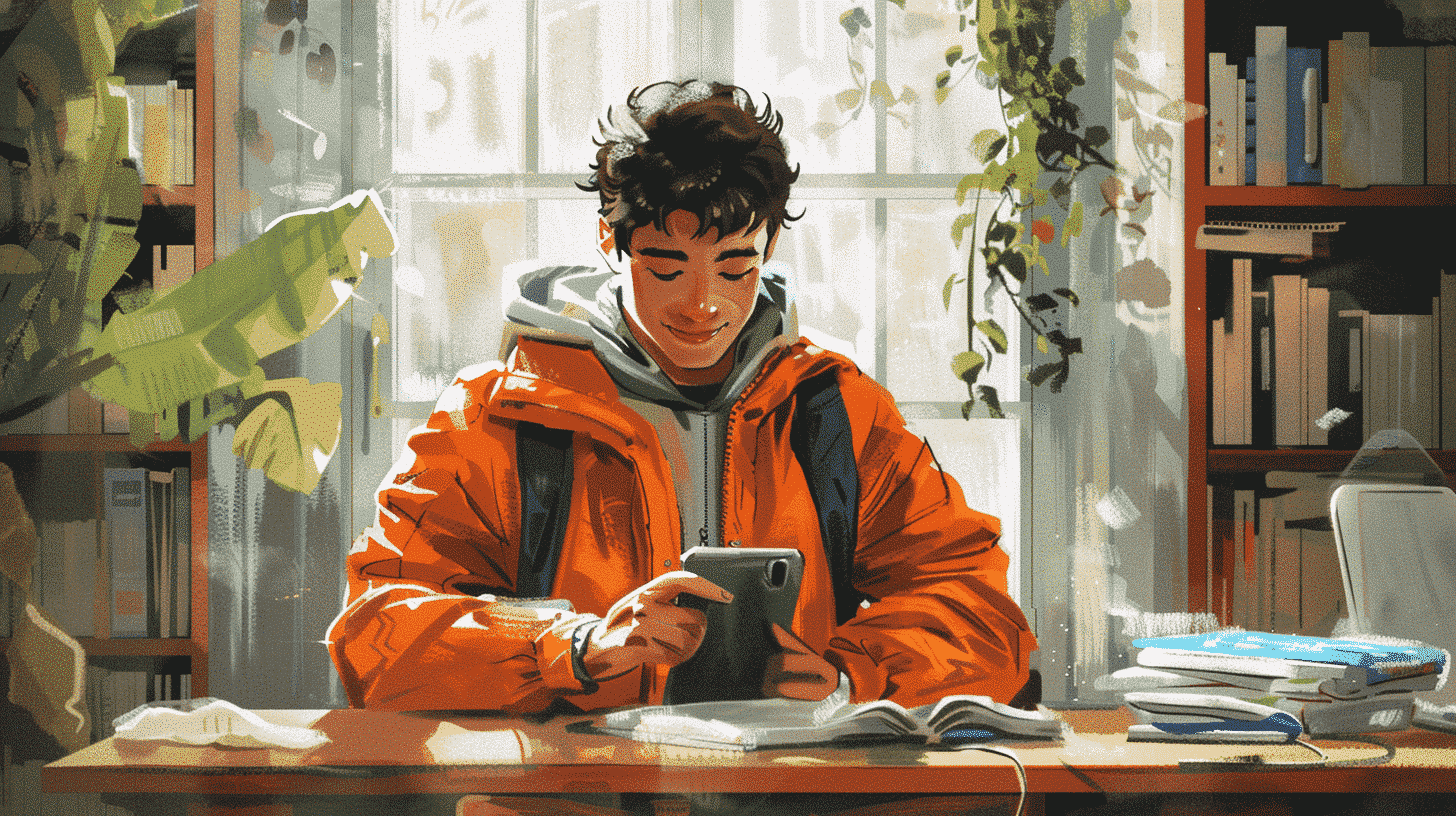The Eiffel Tower
No visit to Paris would be complete without a trip to the Eiffel Tower. Standing tall as the most recognizable symbol of Paris, the Eiffel Tower is not just a marvel of engineering but also a great place to practice your French. Start by learning the basic vocabulary related to the Eiffel Tower: “la Tour Eiffel,” “les ascenseurs” (elevators), “le sommet” (the summit), and “la vue” (the view).
When you visit, challenge yourself to read the informational plaques in French. These plaques are often bilingual, which makes them a great resource for learning new words and phrases. Try to describe the view in French, using phrases like “On peut voir…” (One can see…) and “La Seine traverse Paris” (The Seine River flows through Paris).
The Louvre Museum
The Louvre is not only the world’s largest art museum but also a fantastic place to enrich your French vocabulary, especially related to art and history. As you stroll through its vast galleries, you’ll encounter terms like “la Joconde” (the Mona Lisa), “les peintures” (paintings), and “les sculptures” (sculptures).
Make it a point to read the descriptions of the artworks in French. The Louvre provides detailed information about each piece, often in multiple languages. This is an excellent opportunity to practice reading comprehension. For example, you might read about “La Liberté guidant le peuple” (Liberty Leading the People) and learn new words like “révolution” (revolution) and “guidant” (guiding).
Notre-Dame Cathedral
Notre-Dame Cathedral is a masterpiece of Gothic architecture and a central piece of Parisian history. Visiting this iconic landmark can help you learn religious and architectural vocabulary. Words like “la cathédrale” (the cathedral), “les vitraux” (stained glass windows), and “les gargouilles” (gargoyles) will become part of your lexicon.
Attend a service if you can, and listen to the French being spoken. Even if you don’t understand everything, you’ll get a sense of the rhythm and intonation of the language. You can also read about the history of Notre-Dame in French, which will introduce you to terms like “la construction” (construction) and “la rénovation” (renovation).
Montmartre and the Sacré-Cœur
Montmartre, with its bohemian atmosphere and artistic history, is another must-visit area in Paris. The Sacré-Cœur Basilica, perched atop the hill, offers stunning views of the city and a wealth of opportunities to practice your French. Learn words like “la basilique” (the basilica), “les escaliers” (the stairs), and “la vue panoramique” (the panoramic view).
As you wander through the narrow streets of Montmartre, you’ll encounter artists and street performers. Strike up a conversation and practice your French. Use phrases like “Pouvez-vous me dire…” (Can you tell me…) and “Je voudrais acheter…” (I would like to buy…). This will help you get comfortable with everyday conversational French.
The Champs-Élysées and the Arc de Triomphe
The Champs-Élysées is one of the most famous avenues in the world, leading up to the majestic Arc de Triomphe. This area is perfect for practicing your French in a variety of contexts, from shopping to dining. Learn words like “l’avenue” (the avenue), “les boutiques” (the shops), and “les cafés” (the cafes).
Visit the Arc de Triomphe and read about its history in French. You’ll encounter terms like “la bataille” (the battle), “les soldats” (the soldiers), and “la victoire” (the victory). Try to explain the significance of the monument in French, using phrases like “Le monument commémore…” (The monument commemorates…) and “Napoléon a ordonné la construction…” (Napoleon ordered the construction…).
Versailles Palace
A short trip from Paris, the Palace of Versailles is a symbol of the absolute monarchy of the Ancien Régime. This opulent palace is a fantastic place to learn vocabulary related to royalty and architecture. Words like “le palais” (the palace), “la galerie des Glaces” (the Hall of Mirrors), and “les jardins” (the gardens) will enrich your vocabulary.
Take a guided tour in French if possible. This will provide you with a wealth of new vocabulary and allow you to practice listening comprehension. You’ll hear terms like “le roi” (the king), “la reine” (the queen), and “la cour” (the court). Try to summarize what you learned in French, using phrases like “J’ai appris que…” (I learned that…) and “Le guide a expliqué que…” (The guide explained that…).
Language Learning Tips
To make the most of your Parisian landmark tours, here are some practical tips for integrating language learning into your visits:
1. **Bring a Notebook**: Jot down new words and phrases you encounter. This will help reinforce your learning and provide a handy reference for later.
2. **Use Language Apps**: Apps like Duolingo or Babbel can provide quick translations and additional practice. Use them to look up words you encounter during your tours.
3. **Engage with Locals**: Don’t be afraid to strike up conversations with locals. Most Parisians appreciate the effort to speak their language and will be happy to help you practice.
4. **Take Photos and Label Them**: Take pictures of signs, plaques, and interesting sights, and label them in French. This will create a visual memory aid that you can review later.
5. **Listen to Audio Guides**: Many landmarks offer audio guides in French. These are an excellent way to practice listening comprehension and learn new vocabulary in context.
6. **Read and Translate**: Try reading brochures, informational plaques, and museum descriptions in French first, then check the English translation. This will help you understand the structure and vocabulary of the language.
7. **Practice Describing**: After your visit, try to describe what you saw and learned in French. This will help reinforce new vocabulary and improve your speaking skills.
Conclusion
Learning French through Parisian landmark tours is an enriching and immersive experience. By visiting iconic sites like the Eiffel Tower, the Louvre, Notre-Dame Cathedral, Montmartre, the Champs-Élysées, and Versailles, you can enhance your vocabulary, improve your listening and reading comprehension, and practice speaking in real-world contexts. So next time you find yourself in Paris, take advantage of these incredible landmarks to boost your French language skills. Bon voyage et bonne chance!









